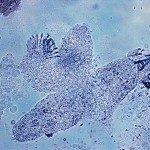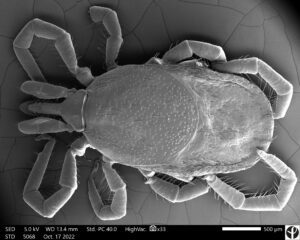Présentation
The transmission of tick-borne pathogens increases with the duration an infected tick is allowed to remain attached to the host. However, a recent study conducted at Pasteur Institute, demonstrated that Borrelia-infected tick nymphs were able to infect mice after just 12 h of attachment, which represents the shortest duration of attachment reported for Lyme disease transmission. We believe that the transmission times of certain Borrelia bacteria isolated in Europe could be reduced when a host (human or animal) is bitten an European tick versus a North American one. Imaging in 3D at high resolution the bacteria inside salivary glands of ticks is necessary to understand this mechanism and to develop vaccine against this pathogen.










